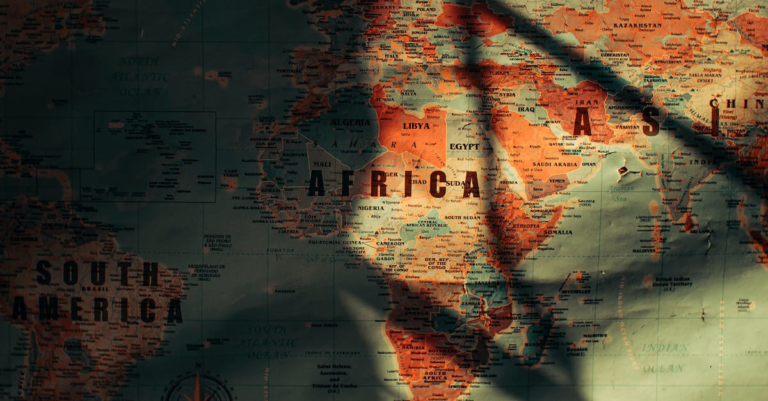### Icelandic Volcano Erupts, Sending Lava 50 Meters Into the Air
**Introduction**
In a dramatic display of nature’s power, a volcano erupted in southwest Iceland, sending lava soaring 50 meters into the air. This marks the fifth eruption at Sundhnjukar mountain ridge since December, capturing the attention of scientists and tourists.
**The Eruption**
The Icelandic weather office detected signals of a potential eruption two hours before it occurred. The eruption started at 1 p.m. local time near Grindavik, leading to a swift response from the civil defense agency.
**Emergency Response**
Around 800 visitors from the Blue Lagoon, a renowned geothermal spa, were evacuated as civil defense sirens blared. The evacuation proceeded smoothly, ensuring everyone’s safety. Helga Arnadottir, a spokesperson for the civil defense, confirmed that the response was efficient, reflecting the preparedness from previous incidents.
**Impact on Grindavik**
The frequent volcanic activity has significantly disrupted the nearby fishing town of Grindavik. Residents have faced multiple evacuations and constant uncertainties. The government has even offered to buy out residential properties to help residents relocate, emphasizing the severe impact on the community. This move aims to provide long-term stability for those affected by the recurring volcanic threats.
**Tourism and Safety**
Despite the eruption, the Icelandic Tourism Board reassured that the country remains safe for visitors. They urged the public to avoid approaching the eruption site while noting that no flight disruptions were reported at Keflavik Airport. Tourism continues to thrive, with safety measures in place to protect both locals and visitors. The natural beauty of Iceland’s volcanic landscapes continues to attract adventurous travelers, even amidst ongoing volcanic activity.
**Scientific Observations**
Volcanologists, including Magnus Gudmundsson, were quick to analyze the eruption. They observed that the Sundhnjukar fissure had widened, leading to a substantial flow of lava. The eruption has already produced 3.5 square kilometers of lava, posing ongoing challenges for the region. This event provides valuable data for scientists studying volcanic activity and its environmental impacts. Continuous monitoring and research are crucial for understanding and mitigating the risks associated with such eruptions.
**The Bigger Picture**
Iceland, known as the “Land of Fire and Ice,” is home to numerous active volcanoes due to its location on the Mid-Atlantic Ridge. These geological formations play a significant role in shaping the island’s unique landscape. The country’s volcanic activity is a double-edged sword, attracting tourists while also posing risks to local communities. Understanding the delicate balance between harnessing the beauty of these natural wonders and ensuring public safety is essential for sustainable tourism and community resilience.
**Preparation and Adaptation**
Local authorities have implemented robust emergency response protocols to handle volcanic eruptions effectively. Evacuation drills and public awareness campaigns are regularly conducted to ensure that residents and visitors are well-prepared. The resilience of the Icelandic people is evident in their ability to adapt to living in close proximity to active volcanoes. Community cooperation and scientific advancements play a vital role in enhancing preparedness and response efforts.
**Conclusion**
The recent eruption in Iceland serves as a powerful reminder of nature’s unpredictability and the resilience of communities living in volcanic regions. As scientists continue to monitor the situation, the priority remains ensuring the safety of residents and tourists. The cooperation between emergency services, scientists, and the public highlights the importance of preparedness in mitigating the impacts of natural disasters.
**Learn More**: To read the full article, visit [A Volcano in Iceland Erupts](https://glcnd.com/world/a-volcano-in-iceland-erupts-sending-lava-50-meters-into-the-air/).







